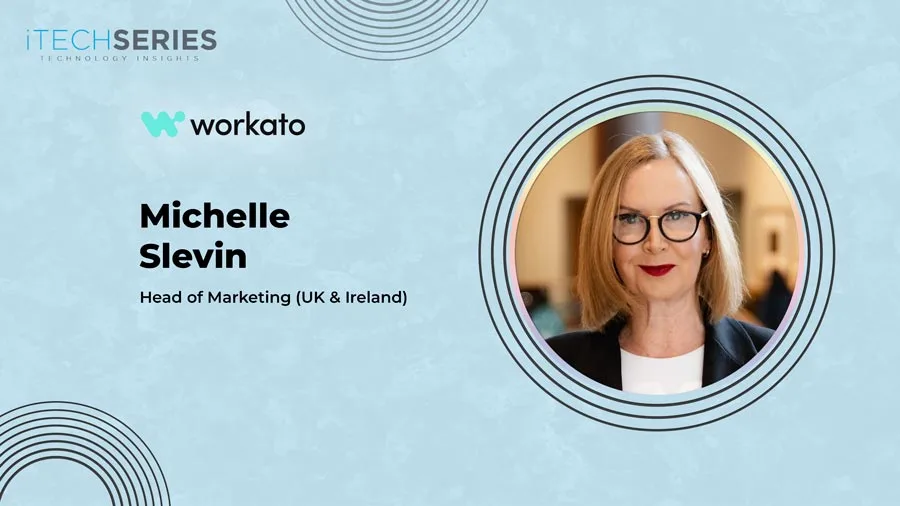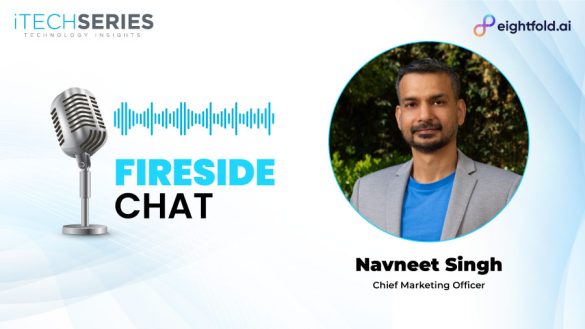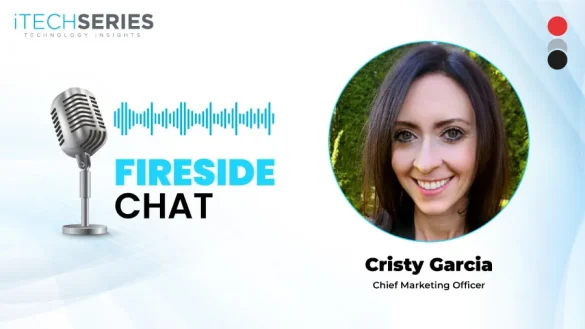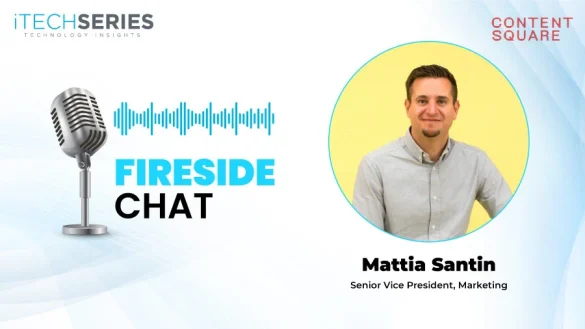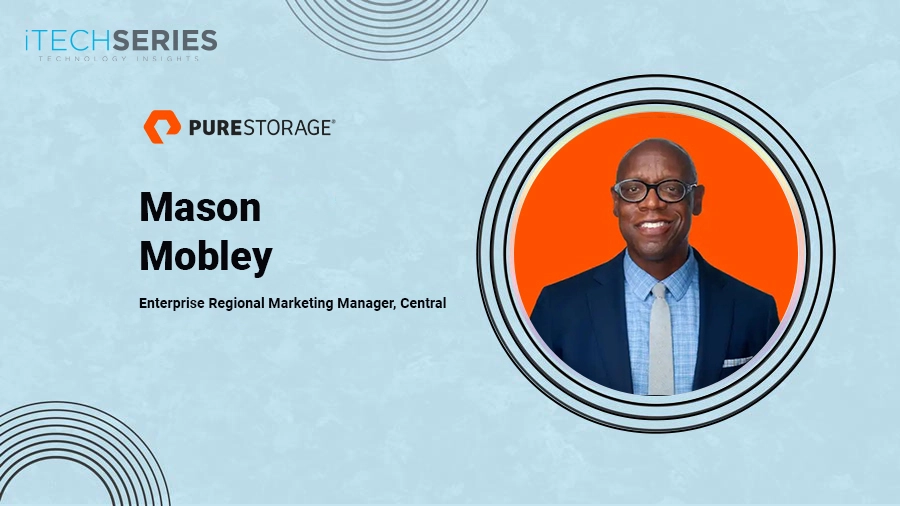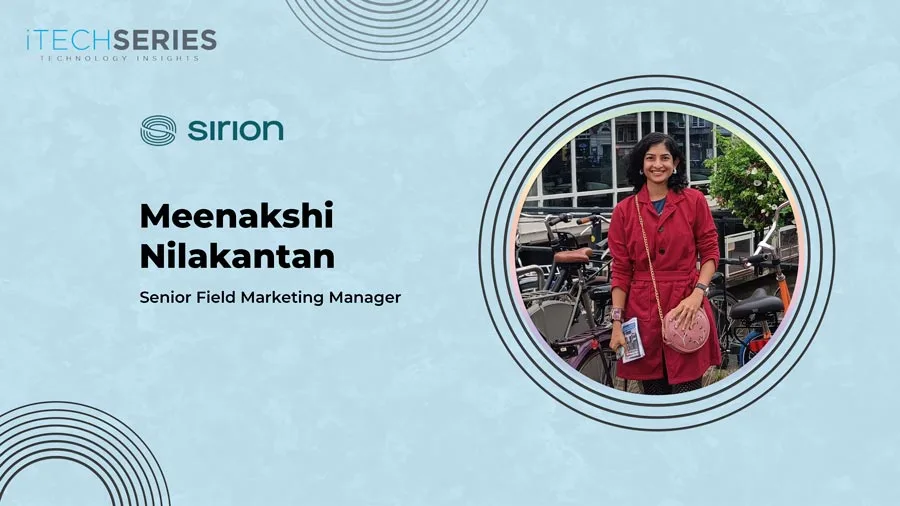Michelle Slevin, Head of Marketing for UK & Ireland at Workato, shares her 20+ year journey across Oracle, Ericsson, Indeed, and Bank of America. She discusses driving growth through customer-centric marketing, scaling global demand generation into regional impact, balancing personalisation with scale, leveraging AI for smarter execution, and aligning marketing with customer success to build long-term business impact.
Welcome to the interview series, Michelle. Could you tell us about yourself and your journey as a go-to-market leader?
Thanks for having me. It’s a pleasure to be here.
I began my career after completing a Master’s in Spanish and Sociology at Trinity College Dublin. My first role was in sales at Oracle, which was a pivotal foundation. It showed me firsthand what sales teams need from marketing: not just campaigns, but true partnership in creating demand and moving opportunities forward.
From there, I made the move into marketing with Ericsson, where I drove demand for products across the LATAM region, including Brazil, Chile, and Mexico. That experience sparked my enthusiasm for regional and global marketing, learning how to balance scale with local nuance and how cultural context shapes engagement.
Since then, I’ve spent over two decades in leadership roles at organisations like Indeed and Bank of America, leading global demand generation, communications, and go-to-market strategy across regions including EMEA, APAC, ANZ, and North America. Along the way, I’ve built a strong belief in the role of marketing as a growth driver and a connector-bringing customers, partners, and teams together around shared outcomes.
I’m also a passionate lifelong learner. Most recently, I completed a second master’s-an MSc in Cyberpsychology focusing on AI, virtual reality, and human behaviour in digital environments. That work sharpened my perspective on how technology influences decision-making and how marketers can use insight responsibly to create meaningful experiences.
Today, I lead marketing for the UK & Ireland at Workato, helping enterprises harness automation and AI to orchestrate their businesses in smarter ways. The most rewarding part of my journey has always been seeing customers succeed and knowing marketing played a role in enabling that success.
How do you showcase customer success in a way that’s both engaging and backed by measurable results?
For me, customer success is the most powerful story a company can tell, but only if it’s framed around outcomes. It’s not about the technology implemented, it’s about the business impact. Did it drive growth? Improve productivity? Reduce costs? Accelerate innovation?
The best stories strike a balance. On one side, you highlight the human impact on how teams feel empowered, how work has been transformed. On the other, you validate with metrics that prove ROI and scalability. And because different stakeholders consume information in different ways, format matters: executives may prefer succinct ROI snapshots, while practitioners value detailed case studies, and digital audiences respond to short-form video.
The critical piece is integration. Customer success shouldn’t sit in isolation; it should run through everything like campaigns, events, PR, and sales conversations. When the customer’s voice is consistently at the centre of marketing, it builds trust and demonstrates value more effectively than any brand message ever could.
As a marketing leader, how do you balance regional priorities with global campaigns while ensuring measurable business impact?
The key is alignment. Global campaigns provide consistency, efficiency, and scale, but they’re only effective when adapted for the local context. Regional execution is what makes the message resonate.
In practice, that means taking a global framework and tailoring it with proof points, messaging, and activation strategies that reflect local realities. In the UKI, that might involve highlighting local customer successes, reflecting regulatory considerations, or anchoring campaigns in events where our decision-makers are most active. Copy-paste doesn’t work; it’s about interpretation, not translation.
Measurement is what closes the loop. We track how global investments perform in-market and share insights back to global teams. That creates a cycle of continuous improvement, where global provides the foundation and regional execution brings it to life. The result is campaigns that are both scalable and impactful.
Having led global demand generation and campaign management, what do you see as the key to building repeatable, scalable demand gen programs?
Scalable demand generation starts with clarity and structure but succeeds through adaptability. The foundation is a consistent campaign architecture: clear objectives, messaging frameworks, KPIs, and execution flows that can be easily understood and replicated.
Repeatability is enabled by toolkits such as playbooks, messaging, creative assets, and enablement materials, which give teams what they need to execute quickly without reinventing the wheel. This creates consistency and efficiency across markets.
But no program can be entirely standardised. What engages in one region may need recalibrating in another. That’s why feedback loops are essential. By continuously learning from performance data and local input, demand gen programs evolve into living growth engines—global in ambition, local in execution, and dynamic enough to adapt to changing market conditions.
“Customer success is the most powerful story a company can tell, but only if it’s framed around outcomes. It’s not about the technology implemented; it’s about the business impact.”
With the rise of AI in marketing, how do you see technology reshaping the way we understand and influence consumer behavior?
AI is reshaping marketing by giving us a much deeper, more immediate understanding of customer behaviour and the ability to influence it in real time. Where we once relied on retrospective analysis, we can now anticipate intent, predict needs, and deliver experiences that are relevant in the moment. I see this transformation play out across four key pillars:
- Improved productivity: AI automates manual analysis and campaign execution, giving marketers more time to interpret behavioural signals and design strategies that resonate.
- Cost efficiency: By analysing patterns at scale, AI helps us identify the behaviours that truly signal intent, so spend is directed to the audiences most likely to convert.
- Faster decision-making: Real-time insights allow us to adapt quickly, responding to shifts in buyer behaviour, testing what influences decisions, and adjusting campaigns with agility.
- Enhanced customer experience: Most importantly, AI enables personalisation at scale. Buyers receive timely, contextual interactions that make them feel understood rather than targeted.
In short, AI moves us from descriptive marketing (“what happened”) to prescriptive marketing (“what should we do next?”). It deepens our understanding of behaviour while giving us new levers to shape it, though the human element of trust, ethics, and context remains essential.
From your perspective, how are personalisation and data-driven insights changing the landscape of B2B marketing?
Personalisation and data-driven insights are where the theory of AI meets practical application. If AI gives us the ability to understand and predict behaviour, personalisation is how we act on that understanding to influence decisions in meaningful ways.
B2B buyers now expect the same tailored, seamless experiences they get as consumers. With data-driven insights, we can design engagement strategies that are precise and timely: a personalised nurture track for an early-stage buyer, a targeted executive roundtable for a key account, or dynamic website content that adapts to a visitor’s industry and role.
The real power lies in using insights not just for acquisition but across the full customer lifecycle, improving onboarding, identifying upsell opportunities and reinforcing loyalty. In that sense, personalisation is no longer a tactic, but rather it’s becoming a strategic driver of customer lifetime value.
Of course, balance is critical. Buyers recognise when personalisation is relevant versus when it crosses into intrusion. The companies that get it right are those that apply data ethically and transparently, using insights to add value to the customer’s experience rather than overwhelm it. Done well, personalisation transforms marketing from a one-to-many activity into a driver of competitive advantage.
When evaluating campaign success, what key indicators help you connect marketing performance to revenue outcomes?
Once you’ve used AI to understand behaviour and personalisation to influence it, the final question is: how do we prove the business impact? For me, campaign success has to be measured in terms of commercial outcomes, not just activity.
I look at both leading and lagging indicators:
- Leading indicators: engagement, account penetration, event participation and pipeline velocity. These show whether we’re building momentum and enabling quality conversations.
- Lagging indicators: pipeline sourced, pipeline influenced, deal acceleration, and revenue closed. These demonstrate whether marketing has translated momentum into measurable growth.
Attribution is the bridge between the two. By linking touchpoints to opportunities and revenue stages, we can prove how marketing has influenced buyer behaviour and driven business results.
The final piece is alignment. Metrics only matter when sales and marketing share them and are accountable for them together. When both teams operate as one revenue engine, marketing is no longer seen as “generating activity”; it’s clearly contributing to opportunity creation, influencing decisions, and accelerating revenue.
What would be your advice to aspiring marketers on building and leading high-performing marketing teams?
First, hire for mindset and potential as much as skillset. The best marketers are curious, adaptable, and collaborative qualities that future-proof teams in a constantly changing landscape.
Second, create clarity of purpose. High-performing teams know not just what they’re doing, but why it matters to the business and to customers. Then empower them, give them frameworks, tools, and autonomy. Innovation and performance thrive where there is freedom alongside accountability.
Third, foster cross-functional collaboration. Marketing doesn’t succeed in isolation; it succeeds when it works seamlessly with sales, product, and customer success. Those connections turn good campaigns into business growth.
Finally, never stop learning. I’m a passionate believer in lifelong learning and encourage teams to seek out opportunities to grow, whether through formal training, stretch assignments, or mentorship. As a leader, your role is to set the vision, remove obstacles, and create an environment of psychological safety where people can contribute ideas and take risks.
When you invest in people building trust, clarity, and empowerment, you don’t just create high-performing teams; you cultivate leaders, innovators, and a culture that drives lasting business growth.
About Michelle Slevin
Michelle is a seasoned marketing leader with over 20 years of experience in driving demand generation and integrated marketing strategies for companies, including Indeed, Workato, Oracle, Salesforce, Bank of America, and Ericsson. Skilled at building scalable programs and high-impact partner ecosystems, she bridges global campaigns with localized strategies to accelerate growth. With an MSc in Cyberpsychology, Michelle offers unique insights into consumer behavior, AI, and digital engagement to deliver measurable business impact.

